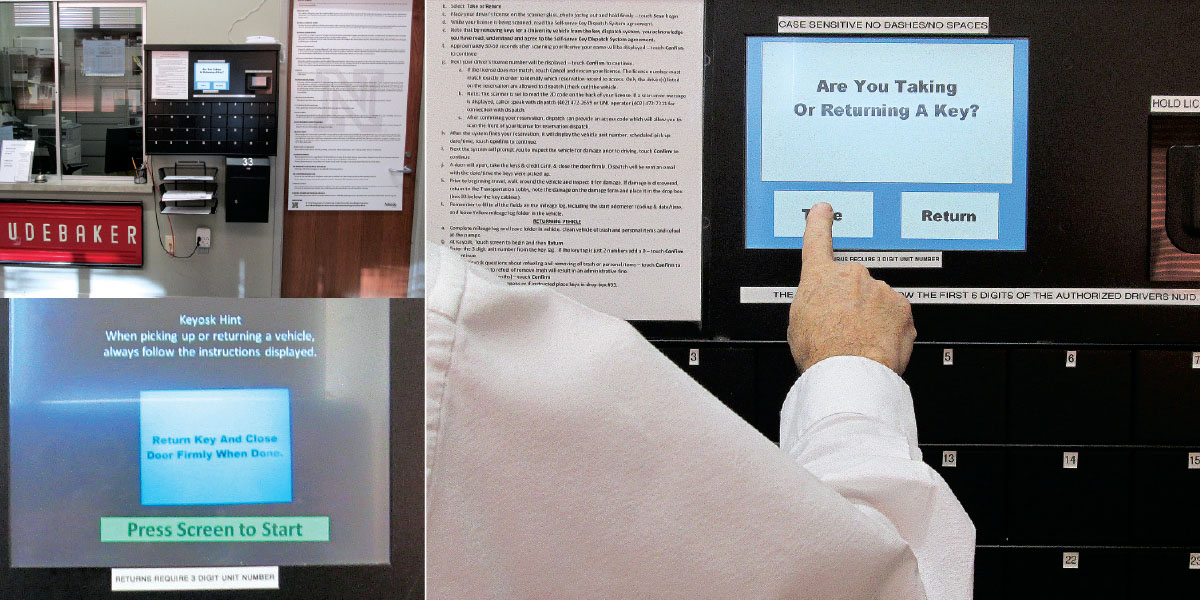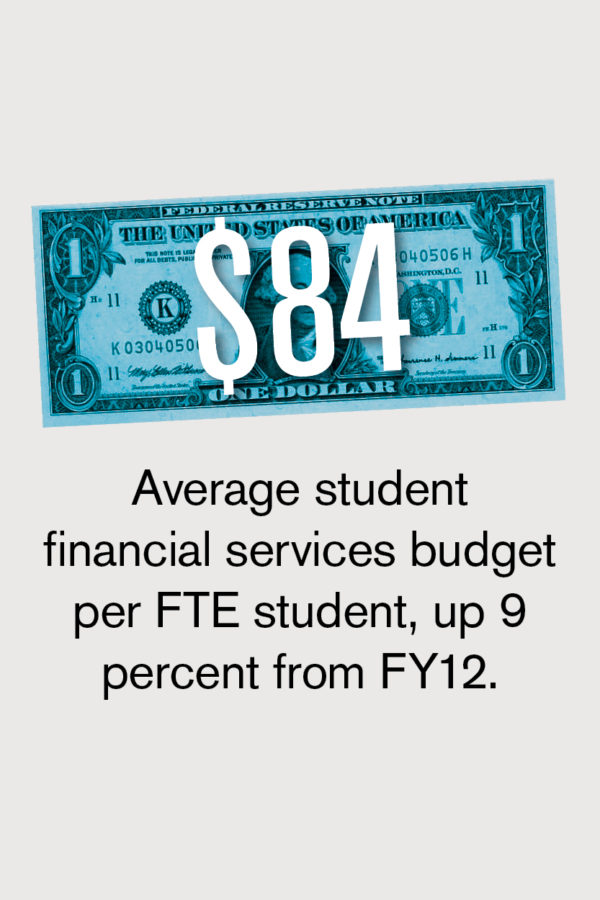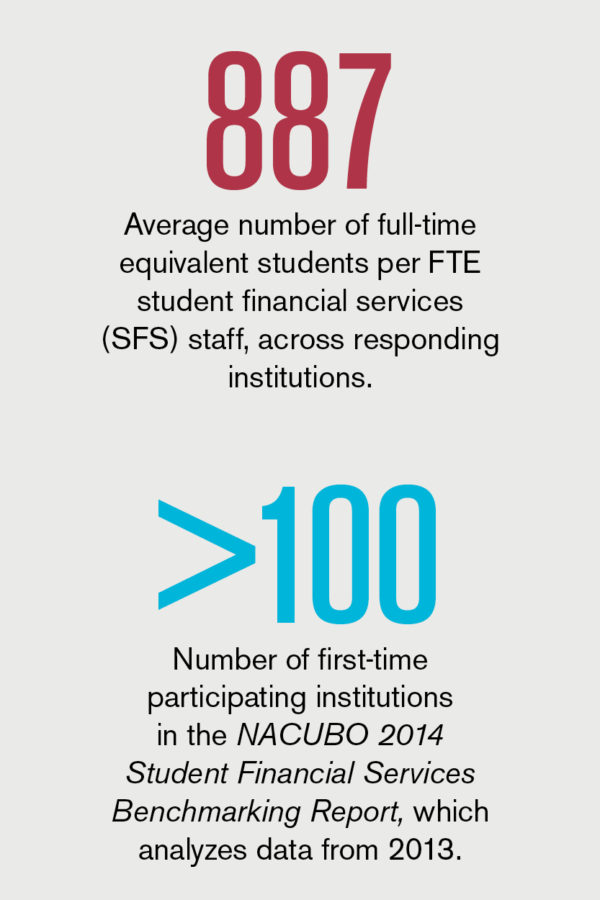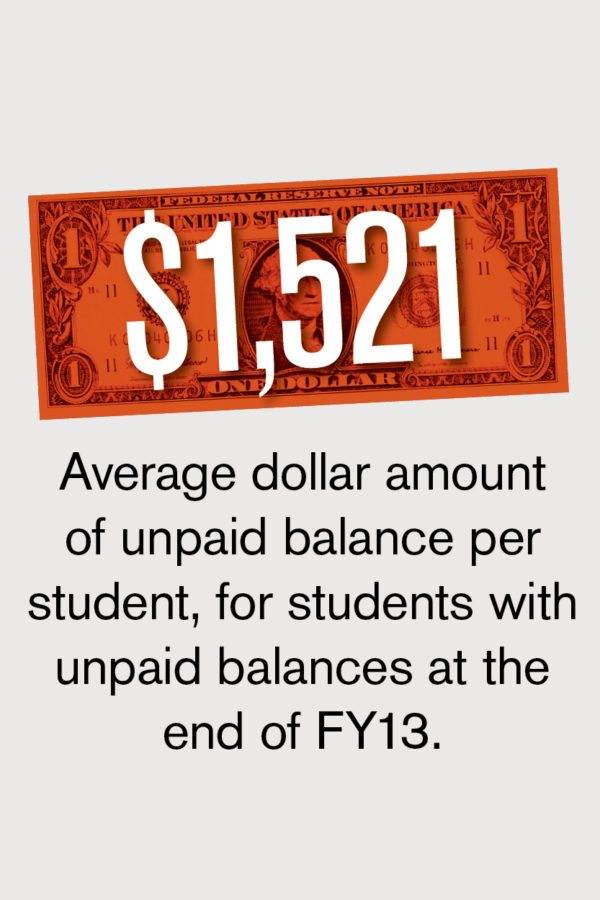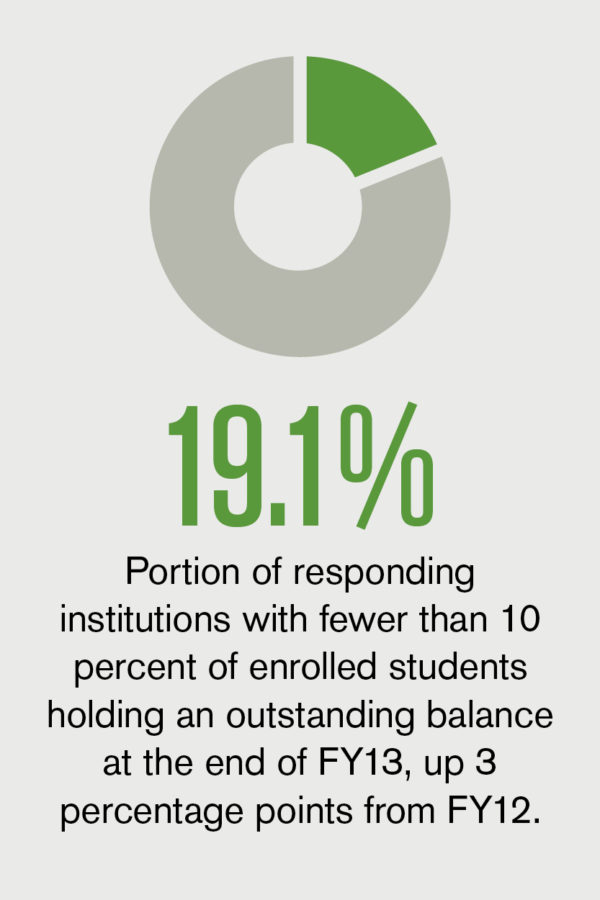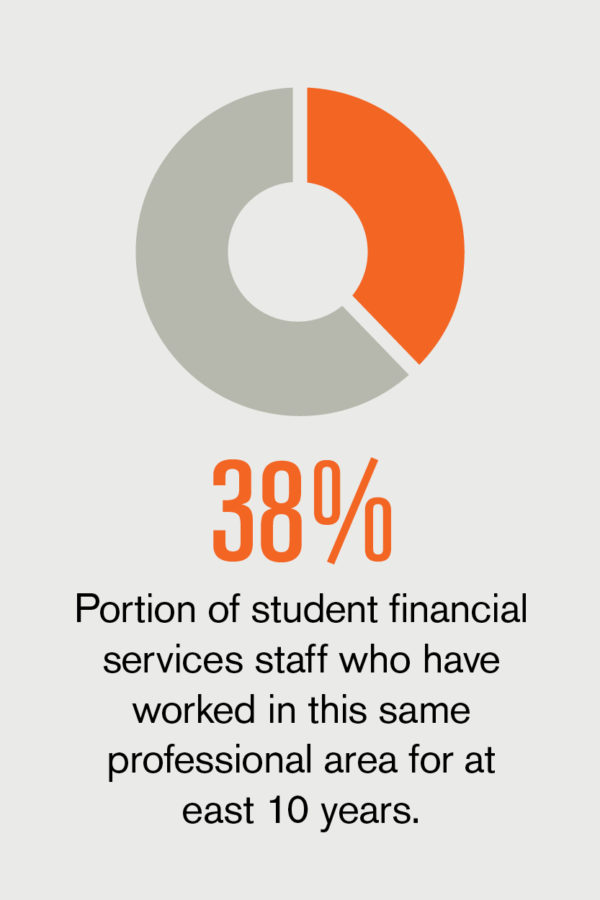Approximately every 10 years, colleges and universities face the dilemma of deciding whether to update their existing master plans for facilities and land use, or to start the planning process again from scratch. We recently faced this choice at Ithaca College, Ithaca, N.Y.
Because we were impressed by the basic principles and the specific thinking of Ithaca’s decade-old master plan, it was our initial decision that our new exercise would take the form of an update to that earlier plan. We went quite far down that path before realizing that many of the assumptions underlying the rationale for the previous facilities and land use plan were no longer valid.
As a result, we have been far better served by developing a new master plan that is informed by the earlier plan but is not bound to any of its assumptions or projections. In the process of coming up with our answer to the “refresh” or “begin anew” question, we learned a few lessons that might be of help to others.
Test Your Earlier Assumptions
Determining the best course of action involves identifying the extent to which assumptions that underlie the existing plan—typically a decade old—are still valid. Such bases for decisions fall into several categories.
- Need for new facilities. This projection is based on near-term and long-term growth of the student body, possible expansion of the range of programs to be offered, and other developments that would call for additional space.
- Mission and pedagogy. Much can happen in 10 years, particularly when fast-moving technology tools become part of the equation. For example, new teaching methods, such as online courses and flipped classrooms, may greatly alter previous assumptions about space needs in academic buildings.
- Additional commitments. If your institution became a signatory to the American College and University Presidents’ Climate Commitment since the last campus master plan was developed, the next iteration must incorporate projects included in the college’s strategy for achieving carbon neutrality.
- Changing expectations. As the tastes and expectations of prospective students change, it is also worth giving fresh consideration to the features that you want to emphasize as the signature elements of campus layout and available amenities.
Review the External Environment
It is important to consider what external constraints have changed during the past decade.
Maybe land has become available that was not foreseen back then. Perhaps the college’s financial plan now contains projections that differ from those of a decade ago in terms of revenue growth per student. The economics of building new facilities versus rehabbing older buildings may have changed.
Your previous plan might not have taken into account the possibility of partnerships with private firms in building residence halls—collaborations that were rare or nonexistent in earlier times. And don’t overlook changes in zoning requirements, the fire code, and even in the character of the area surrounding the campus—all of which can affect the master plan in fundamental ways.
Compare Reality With Vision
Finally, review the building construction and renovation that has taken place in the past decade to make sure the previous plan was actually followed. Where there are deviations, what are the ripple effects that change other assumptions of the prior plan?
At Ithaca College, for example, we sited a new indoor field house and swimming pool in a place entirely different from that envisioned in the last master plan. By doing so, we used land that had been placed in reserve for a potential new school. The gap between planning and execution, while certainly justified for a number of reasons, required a fundamental shift in subsequent strategizing.
In the end, the choice between refreshing an existing master plan and starting anew is much like the decision between renovating a building or razing it and starting again. Both decisions must rest on many factors. We found that the best approach is to create an inventory of all the ways in which the next master plan must be based on assumptions different from those that animated the last effort.
After a decade of enormous change, in both higher education generally and institutions individually, it will often be best to start the next campus master plan with a clean sheet of paper.
SUBMITTED BY Thomas Rochon, president, and Gerald Hector, vice president for finance and administration, Ithaca College, Ithaca, N.Y.
NACUBO 2014 INNOVATION AWARDAt the University of Nebraska-Lincoln, idle rental cars translated into lost revenue. In 2011–12, we calculated that we dispatched vehicles for 7,500 days but only billed for 6,142, resulting in an annual loss of about 18 percent of billed days—or $54,000.
Here is the challenge we faced: Although vehicles could be dropped off after hours, rental vehicles could only be picked up during business hours of 8 a.m. to 5 p.m., Monday through Friday. Plus, drivers were allowed to pick up keys at the end of business the day before they traveled.
After researching various options, we decided to automate the vehicle dispatch process, using two custom-built key cabinets purchased for $5,000 each. Now a rental request can be submitted anytime 24/7, and if a vehicle is available it can be picked up 15 minutes later.
Revisions Reduce Costs
We named our system “Keyosk.” Our fleet management software processes all of our vehicle reservations. Drivers submit their rental requests online via an in-house designed system.
When we switched to self-service, we asked customers to refuel and remove their personal items before checking in their vehicles. To compensate them, we reduced rental rates.
“Because we asked renters to do the refueling and cleaning, we dropped rates across the board, somewhere between 30 and 40 percent,” says Kim A. Phelps, the university’s associate vice chancellor, business and finance. “We thought we would get back the rate discount in increased usage, which has actually transpired.”
For example, the vehicle most commonly checked out is an intermediate sedan, such as a Ford Fusion or Chevrolet Malibu, which now rents for $20 a day (including 300 free miles), plus the cost of fuel. We used to charge $28 a day.
“Despite increased usage, we have been able to avoid purchasing additional rental vehicles,” Phelps adds. “That goes directly to the bottom line.”
Lessons Learned
Before you begin a similar venture, we offer five tips learned through experience:
- Ensure that your fleet management system is up to speed. To consider this solution, you need a high-end system and an automated motor pool. We use the FASTER fleet management system. We also have a fuel interface module, so we can upload fuel transactions.
- Satisfy state and federal laws. Because a Nebraska statute requires that all drivers have their licenses when operating a vehicle, we made the license integral to vehicle pickup. No license, no rental car. Our scanner recognizes licenses from all 50 states. If the scanner can’t read a license, the renter can manually input the number, allowing the system to capture its image.
- Build key cabinets for future capacity. Three months after we installed our Keyosks, we realized we had undersized the cabinets. In July 2013, we replaced both 24-box Keyosks with touch-screen, 36-box Keyosks, at an additional cost of $6,000 each. (To offset costs, a service attendant needed when checkout is required, was reassigned, and another retired.) The lesson we learned: If you are currently checking out 20 vehicles a day, that number will probably increase, so opt for a larger system.
- Allow for emergencies. We give renters a six-hour window to pick up vehicles—two hours before the reserved time and four hours after. What happens if it’s after hours and a customer misses the time slot? We have a phone in both of the lobbies where the Keyosks are located, so late arrivals can call a university operator, who transfers the call to a transportation employee for assistance.
- Give renters an incentive to try self-service, such as reduced rates. “People are becoming more accepting of the self-service checkout at retail establishments, such as large-box stores,” Phelps says. “Once people get used to not having a human involved in the transaction, you don’t have to fight the acceptance curve.”
RESOURCE LINK For further details on the automated vehicle dispatch program, go to http://transportation.unl.edu/.
SUBMITTED BY Patrick T. Barrett, director of transportation services, University of Nebraska–Lincoln.
Business Officer’s Business Intel department offers increased publishing opportunities for ideas and initiatives your college or university is exploring. Send us a brief description of a project, product, process, or repositioning plan that is working or gaining traction on your campus. Don’t hesitate to include insightful professional development tips your colleagues and peers may find useful.
Here are a few topics you might consider writing about:
- Effective collaborations or shared services.
- Succession plans for the institution as well as for your division or department.
- Human resources initiatives that support faculty, staff, and students.
- A conference or professional development idea that you were able to bring back and implement on campus.
- A book that you’ve found particularly helpful.
Send your ideas to editor@nacubo.org, and you may see them in print!
“Latinos will have to earn 5 millionadditional degrees by 2020 for America to regain world leadership in college completion. We appreciate that some of America’s top philanthropic leaders have effectively ‘doubled down’ on Excelencia in Education, because they see how our commitment to community, work, success, and growth benefits their own and broader efforts.”
— DEBORAH SANTIAGO, COO and vice president for policy at Excelencia in Education, after the Bill & Melinda Gates Foundation, the Lumina Foundation, and several other funders provided grants to the organization totaling $2.4 million.
Fast Fact
Ensuring Fire Safety for Students Abroad
A coalition of fire safety organizations, along with George Washington University, Washington, D.C., launched the Passport to Fire Safety campaign in September, which is National Campus Fire Safety Month. The initiative will focus initially on students studying in Europe; it is in large part a response to a Paris fire in which several exchange students lost their lives and dozens more were seriously injured. The residence they were living in had no working smoke alarms.
Students and campus staff can visit the coalition’s website to choose from a variety of battery-powered smoke and carbon monoxide alarms. Once purchased, the alarms—and a multilingual installation manual, in English and the host country’s native language—are shipped to the address where the student is residing. “The program is unique in that it will help get the appropriate fire safety products installed into the homes when a student is living there,” says Paul Martin, president of the Center for Campus Fire Safety.
2014 Rankings of World Top Young Universities
Focusing on the performance of younger institutions, the QS World University Rankings for the Top 50 under 50 “aims to spot the up-and-coming higher education powerhouses in the global arena,” said Ben Sowter, head of research at QS (Quacquarelli Symonds), researchers of global and regional university rankings.
The QS Top 50 under 50 ranks universities established within the past 50 years. The 2014 list is topped by Nanyang Technological University in Singapore. The four institutions that follow are: The Hong Kong University of Science and Technology, KAIST—Korea Advanced Institute of Science and Technology, Pohang University of Science and Technology, and City University of Hong Kong. One U.S. university is in the Top 10: University of California, Irvine.
![]()
By The Numbers
Student Financial Services Update
Source: Preview of the NACUBO 2014 Student Financial Services Benchmarking Report, to be released this month (go to www.nacubo.org and click on the "Research" tab).



